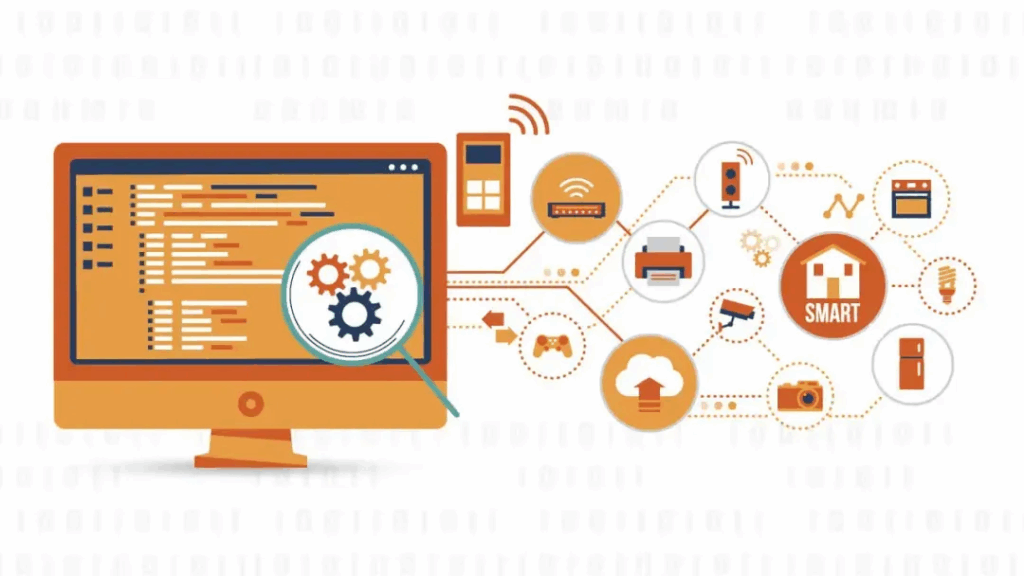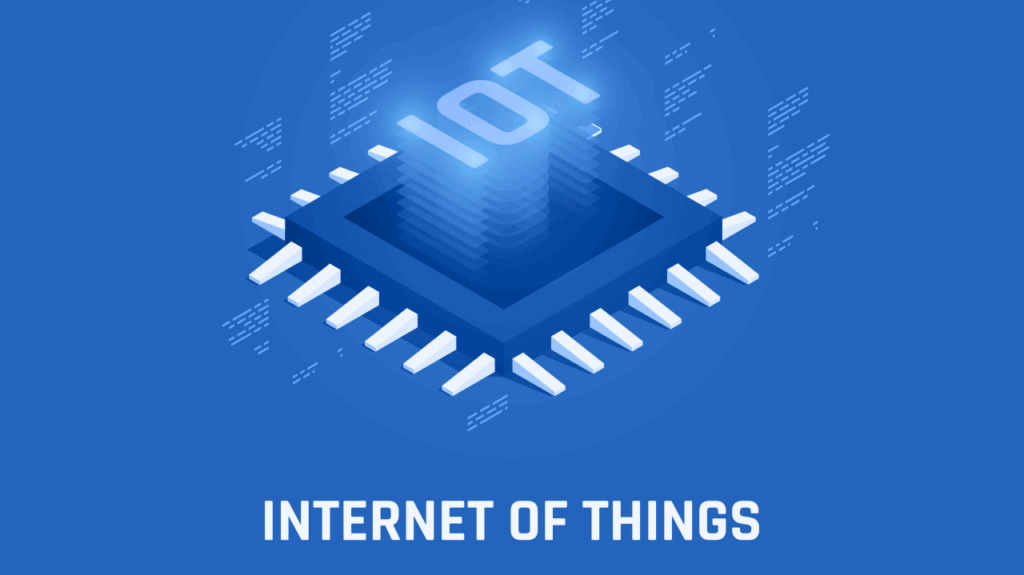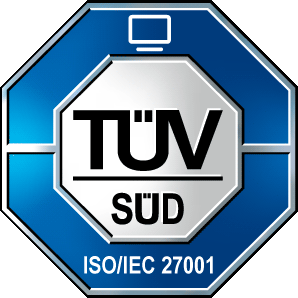The Internet of Things is one of those concepts that seemed like science fiction only a few decades ago but are totally real these days, just like self-driving cars or delivery robots. The IoT development industry is growing at a rapid pace, which is why IoT devices surround us everywhere, and their presence is only becoming more ubiquitous.

The IoT system market is a fascinating example of the most advanced use of technology that benefits businesses, regular users, and even entire cities. It often seems that various IoT devices will gradually take over nearly every task. However, IoT products don’t emerge just by the wave of a wand. Behind any new product appearance lie rounds of testing and quality assurance, requiring in-depth domain expertise and the strong technical skills of a QA team.
What Is IoT Testing?
IoT Testing is the practice of verifying the correct operation of an IoT ecosystem; it’s an accumulation of efforts to ensure the quality of an IoT solution. This can include a variety of testing types, methods, and tools used for IoT testing. Typically, IoT QA consists of checking the functionality, performance, UX, security, and network connectivity of an IoT device and the infrastructure surrounding it.

The Future of IoT Testing
The fact that software and hardware testing is essential for ensuring the quality of the product, and therefore the company’s reputation and revenue, is not up for debate. However, testing IoT solutions takes all of that to the next level, as the cost of error for an IoT product is significantly higher.
What’s the worst thing that could happen when an eCommerce site displays poor performance during a Black Friday sale? The customers cannot finish the purchase, and the company loses revenue as a result. But we probably don’t need to explain the potential outcome of a home security system being infected with malware due to insufficient security testing, the whole smart city infrastructure coming to a halt due to one malfunctioning component, or an insulin pump administering the wrong dosage.

This is why the key QA principle that states that exhaustive testing is hardly ever possible is more true than ever for Internet of Things testing. In other words, the more testing is done and the more aspects of the solution are covered, the better for everyone, including the owners and end users of an IoT product. This is why we believe that our IoT testing services can come in handy for all IoT providers and software developers since IoT is the future.
While we can’t be 100% sure what will happen in the next few years – the world is a wild place these days – we can try to make guesses about its future based on the trends that have already taken shape.
From where we’re standing, it’s obvious that interoperability will take centre stage. IoT testing is poised to intensify its focus on integration and API testing. This strategic shift ensures that diverse devices, no matter what protocols they use, remain stable and operate seamlessly without any glitches.

Equally crucial is the escalating demand for security testing. The number of vulnerabilities doesn’t seem to reduce over time – quite the opposite happens, and it’s paramount for IoT devices to have strengthened protection against increasingly sophisticated threats. In the coming years, we anticipate a significant enhancement in this domain through the integration of AI capabilities. The integration of AI and machine learning into security methodologies will allow businesses to swiftly identify weak points of IoT products and proactively resolve potential issues.
Looking ahead, it’s not hard to predict the surging popularity of performance testing as well. As the amount of data and interactions grows, so does the need for IoT systems that can effectively handle increased loads. This will demand improved automated performance testing tools that can address the challenges posed by the expanding scale and complexity of IoT ecosystems.
Additionally, the future of IoT testing will place an increased emphasis on edge-centric testing. As data processing and storage capabilities move closer to the edge of networks, there is a need for testing methodologies that can be quickly adapted to ensure the smooth functioning of IoT devices.
Final Thoughts
In an IoT ecosystem, each device is like a small robot. They have to talk to each other, share information, and work together without messing things up. Software testing is like the final check to make sure they’ll do their jobs right. It helps ensure that these devices can communicate properly, keep our data secure, work efficiently without using too much power, and perform well even when there are a lot of them in use at once.
Without testing, we could end up with devices that don’t work as expected, break down, or even expose our data to hackers. So, in essence, IoT software testing is essential to make sure the ‘robot’ behaves as it should, helping to keep the IoT ecosystem running smoothly and safely.









